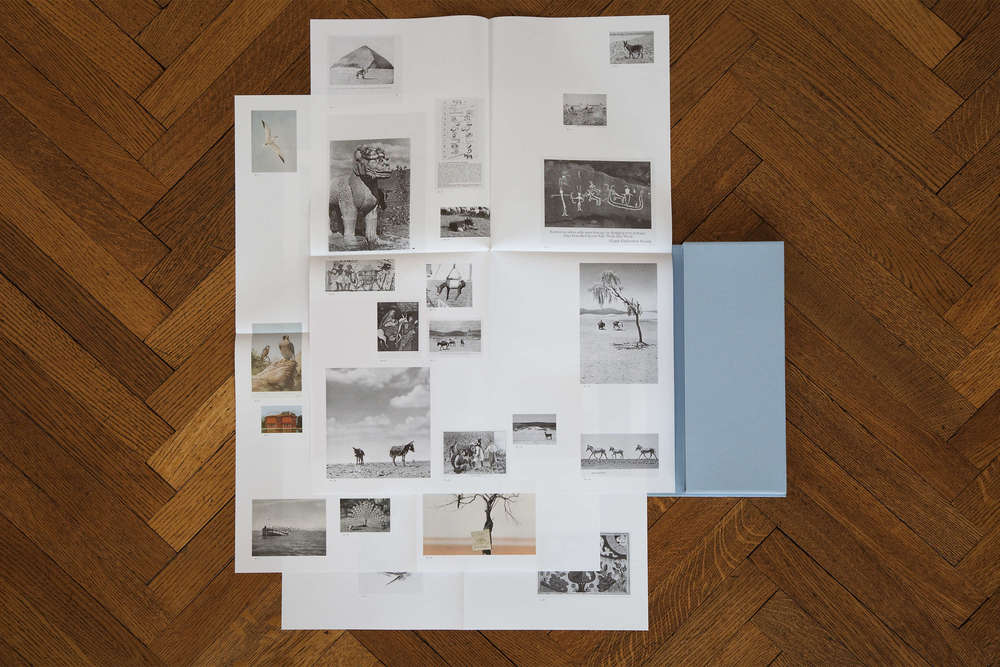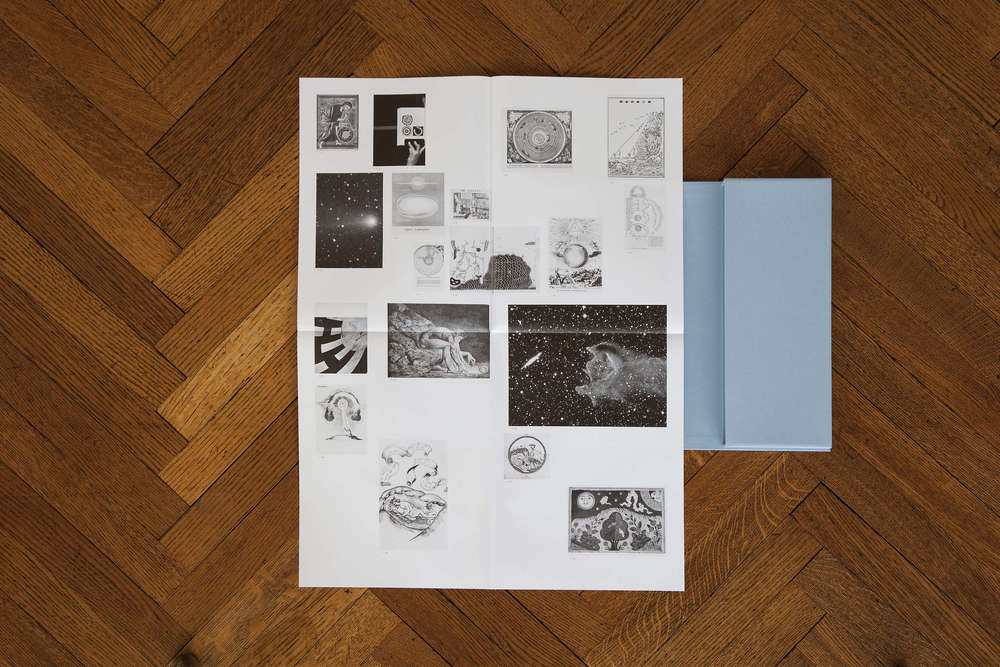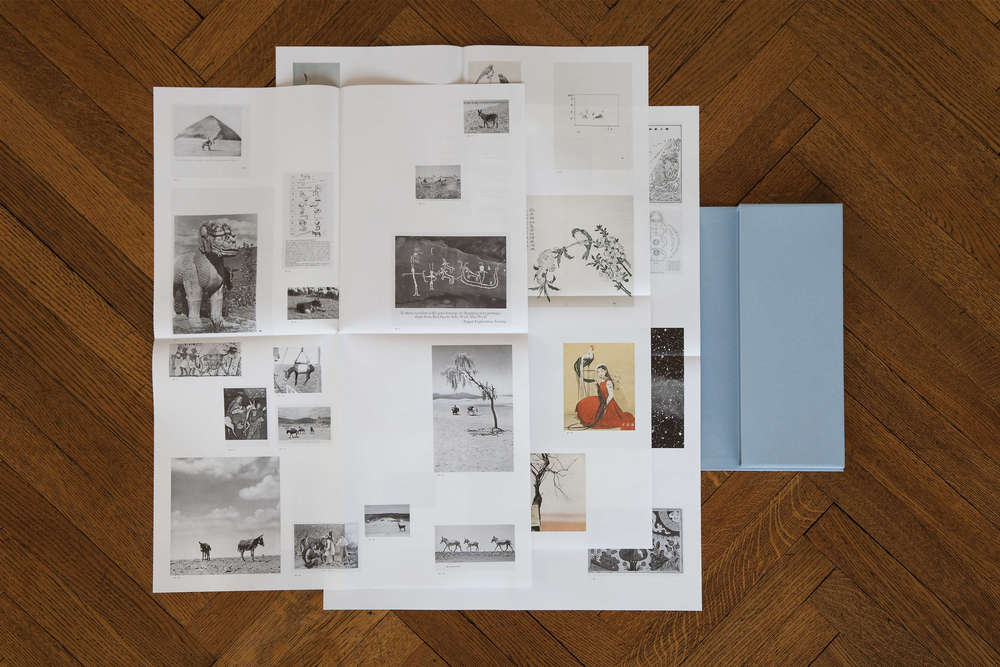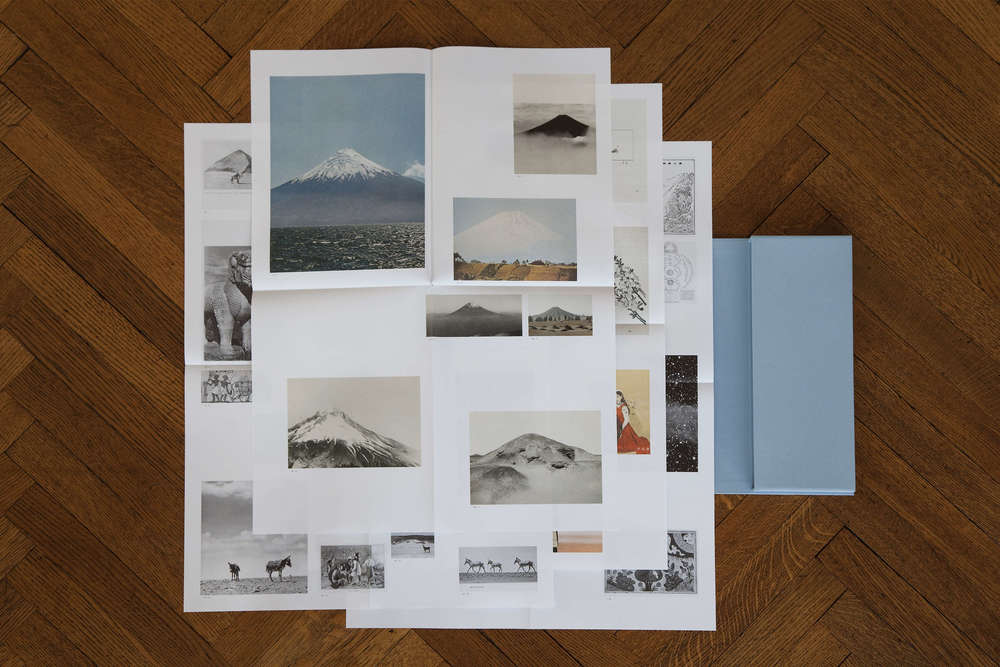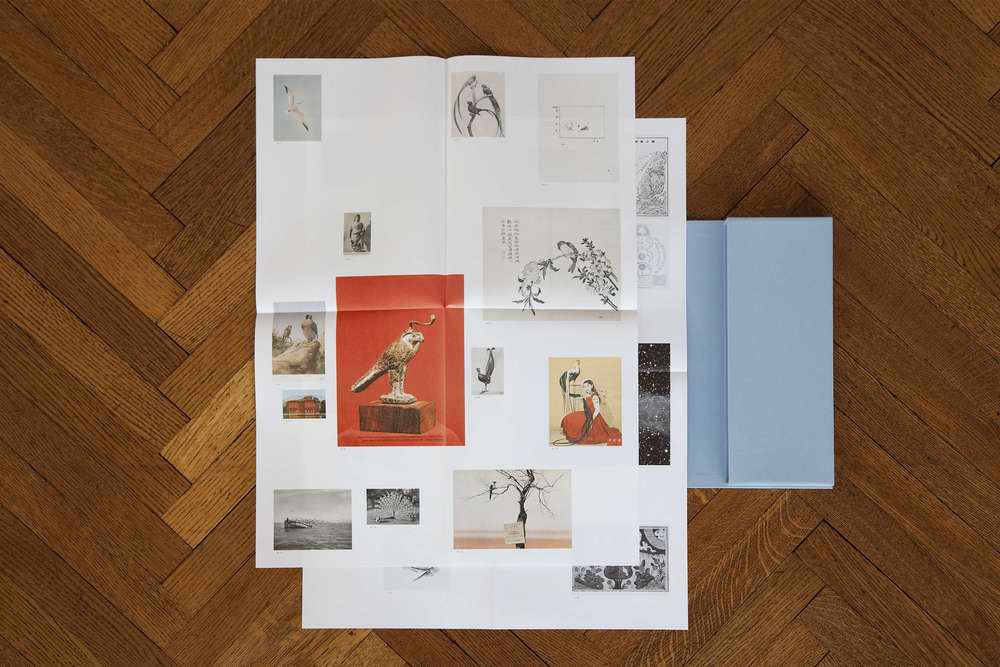Giovanna Silva, photographer and Humboldt Books editor in chief
Haris Epaminonda, Chapters I-XXX, published by Humboldt books, 2014
Haris Epaminonda uses video and film, collage, photography, books and objects in an extensive process of assembling and disassembling appropriated materials to reconstruct non-linear narratives. The artist works with found images from the past – sometimes faded travel photographs or the pages of old nature magazines, ethnographic artefacts or footage from forgotten television programmes. She then manipulates the images, cutting and layering, to create new works that feel wholly part of the present. In tracing some of the notions and narratives embedded in Chapters, a 16 mm film shot in Cyprus in 2012, the idea of making a book came about as an exercise, or rather an experiment, to deconstruct the film into some of its constituent subject matters. Embarking on a new set of associations between image and subject, source and information, meaning and abstraction, this book is both a document and a memory map, tracing the beginnings of a thought, a time, an image and a place.
On which fields of knowledge are you focused?
Travel, Our Publishing house is focused on travel experience.
What is the object of your research?
Books, as publishing house we are interested in books.
Could you identify some constants in your work?
Transform projects into books, mainly through photography. We involve also writers and artists.
How would you define an Atlas?
A collection of images, that has a specific reference to a narration.
Atlas as a conceptual, formal and mnemonic device; do you use it in your work?
To build a book you collect images as in an Atlas, and then you have to find the right structure, the narration, the focus. I think every book is an atlas because it’s also to put on a black wall all your images and re-arrange to have the right flow.
Do you know about the existence of Mnemotechnics?
Yes, but I still have a very good memory☺
Which mnemonic system guides the organization of your material?
Basically I have a very developed visual memory, and as a publisher I work personally in making the editing. This means I go through the material many times, I memorize the images, and then I put all on sequences.
Are there visual and emotional formulas (pathosformeln) in your project?
I think as a publisher we should leave pathosformeln to the authors, we can just give them advice, but this is part of their job.
In your work, do you identify formal or conceptual recurrences such as repetitions and disruption, distance and proximity, identity and migration, conflict and colonization?
Probably, if I have to reply to this question as Giovanna I would say yes, I see repetitions and disruption. But as a publisher I can also say that each book is difference and also we conceive the book itself because of its content, so I think hopefully each book is an unicum.
Thinking about Warburg’s ‘good neighborhood rule’, what are the books that underpin your project?
I like Four Corner Books, all their books, then I love Hannah Darabi Enghelab Street, a beautiful collection of archival magazine – I love books about collections! – I’m reading also Jonas Mekas Journals, another kind of collection, I would say more about people, an Atlas of characters.
Humboldt Books is a publisher specialized in narratives and experiences of travel which undertakes interdisciplinary publishing projects, blending geography with literature, photography and art. Humboldt Books collaborates with international artists, writers, photographers, designers and architects, gathering their travel stories – be they real or imaginary – and recounting these experiences through a new, unconventional gaze. Humboldt Books also delves into the classics of travel literature, curating new editions and bringing adventures of yesteryear back to life with a contemporary edge. The publishing house was founded in 2012 by Alberto Saibene and Giovanna Silva.
